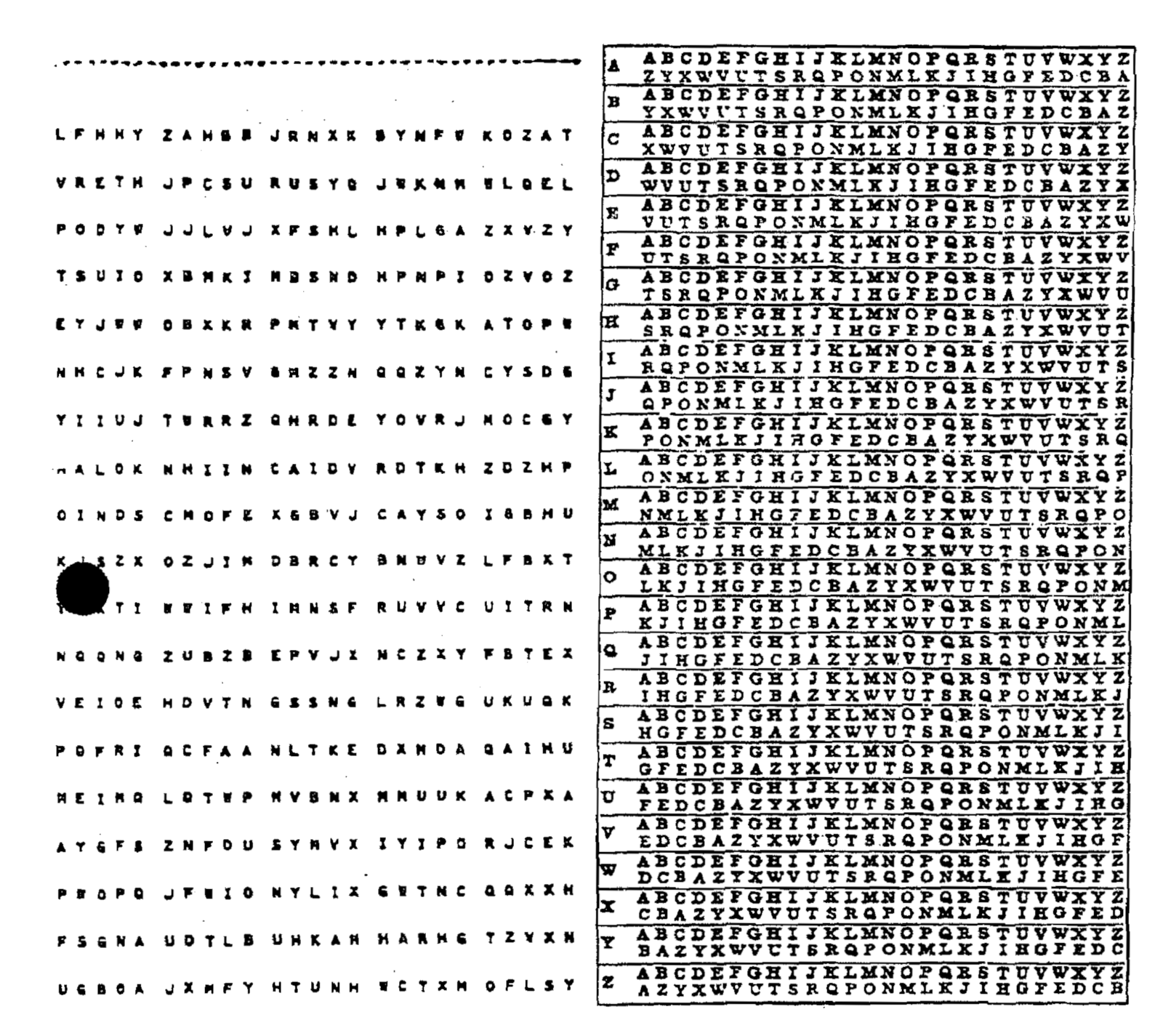
Blocco indicatore a pos. 190
MJQCY OLPNC UYCTG JYHYK MSNSO MKAEO VQYMT XBEMO GHMJA SSYAR
IMJWF XIPYN EUEDG XAICM WJTIS TBLSC CBPMX UJGJI TOCYR JVRRY
EOHXW ZRYKJ ANLPZ IKJPU RIITH ADDSU BWIIU FILES VFFGV EPFNE
ZFNIZ UJCXB XZYGH SLQEQ IZVOG QTVWH ZWNNF MHOOF QLEOR MHDCL
TLLPA RGUMC CMYPZ DBHSQ NIBSX TEEXH QRSBG TTNNG PPSNE SRGAJ
WNRYF PSKUP RKHKM ODFBQ MQFFE KXVQY FNLXL RMDBG TSRAC DPFJQ
WVHBA LMYHD WMQIK BZWFA DYTUZ VYOBH EXDLZ EXLDE PZRFI BGHYL
IBKBV JXTXY BBWFN VJKHM PWMGC UIICG UKHEM DNJXL IYNEE AANLI
AAFNH HIPQK WKVEP HHDRF OZEBD ICEWN MWNSK VZSKP DHAYL QGTTX
YIXCJ BLLFH ZSDMK NIKGS AJZAI LRPEK MCSKF CLQOR XNJBA UPIEV
BEFBF NMXCQ HPTAA ZCLPR CNEMP EGFNL BOQGP WUCTX TANMB NLEYB
VBPZN FEUKR FLFWS VSMXL JQMXD OKPSI RNKHN XNRSX IXJOT CJMOH
YYYKV CYFSR OJEYR RWEIO CRMLF GNPSC WQBVB WXACP RRZWQ QNMVW
BXONJ TUXJM ZGDBB EXZFA PWSOS IFGVA DWYRK HLEFU REAUF BZDBE
EQBWE TFKZA LCXJU IRFNW ZEBAZ
